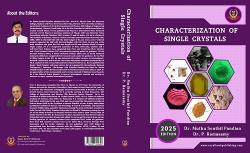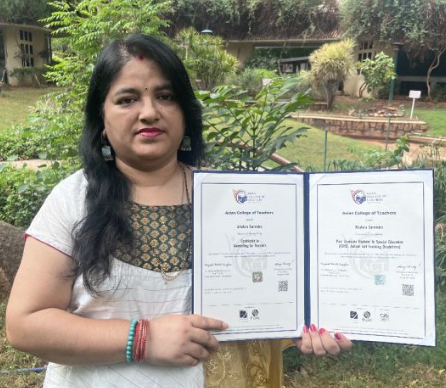Chapter
Characterization of Materials Using X-ray Fluorescence Spectrometry and Energy Dispersive X-Ray Spectroscopy
Abstract
This chapter provides an in-depth discussion of two effective analytical methods that are frequently employed for elemental analysis and chemical characterisation: X-Ray fluorescence (XRF) and energy dispersive spectroscopy (EDS). The non-destructive XRF spectroscopy allows for both qualitative and quantitative study of a wide range of materials, including metals, ceramics and geological samples. EDS provides micro-scale spatial resolution, making it indispensable for analyzing heterogeneous samples and detecting trace elements. Key aspects like principle, working and various components involved applications of these techniques from the environmental monitoring, materials science, and archaeology sectors are presented.
Pages
69 - 83
Published
January 3, 2025
Categories
Copyright (c) 2025 Dr. Muthu Senthil Pandian, Dr. P. Ramasamy
How to Cite
N. Vijayan, Jai S Tawale, Kiran, & Divyansh Joshi. (2025). Characterization of Materials Using X-ray Fluorescence Spectrometry and Energy Dispersive X-Ray Spectroscopy. In Dr. Muthu Senthil Pandian & Dr. P. Ramasamy (Eds.), CHARACTERIZATION OF SINGLE CRYSTALS (pp. 69-83). Royal Book Publishing. https://doi.org/10.26524/225.4
Download Citation









